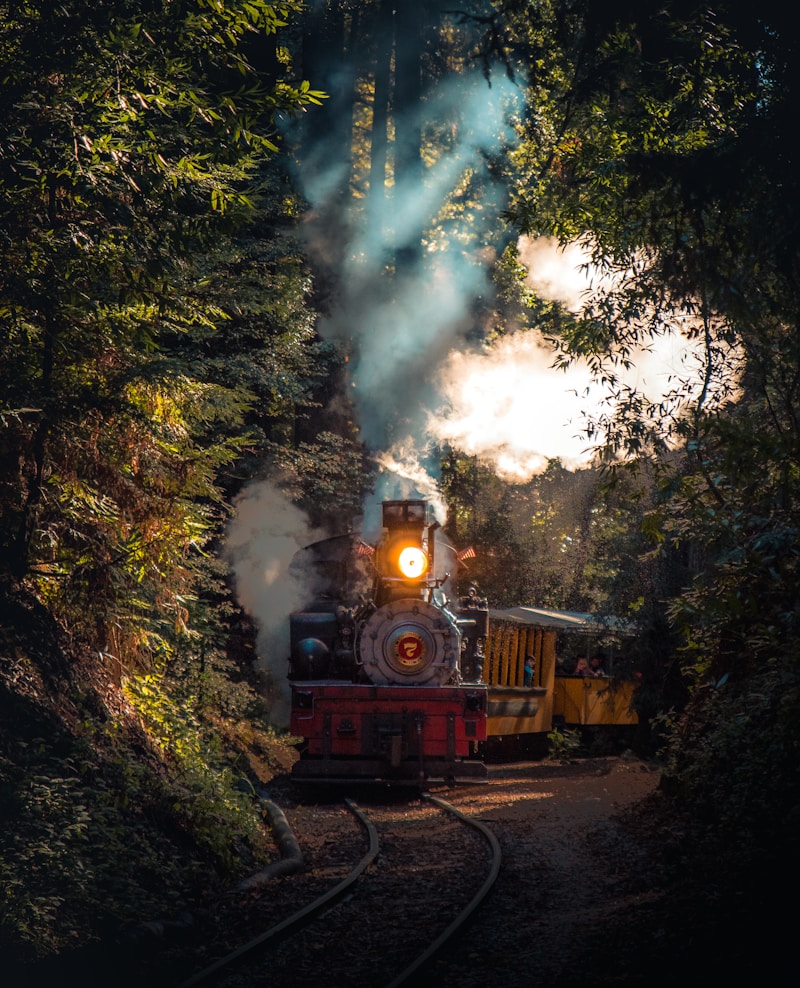Mastering the Art of Managing a Long Train: Tips and Strategies
Mastering the Art of Managing a Long Train: Tips and Strategies
Understanding the Basics of Long Train Management
Managing a long train can be a complicated endeavor, but with the right knowledge and techniques, it can be a streamlined and efficient process. In this article, we will explore the nuances of long train management, covering topics such as safety, communication, scheduling, and best practices. Not only will this guide assist train conductors and operators, but it will also benefit anyone involved in the logistics of railway transportation.
Why Long Train Management Matters
The railway system plays a pivotal role in transporting goods and passengers, and managing long trains is crucial for maintaining schedules and ensuring safety. Long trains, defined as those over 1,500 feet or typically exceeding 100 cars, require unique strategies for effective management. Here are some key reasons:
- Safety: Longer trains can be more challenging to control, increasing the risks of accidents if not managed properly.
- Efficiency: Proper management can prevent delays, making the entire railway system more efficient.
- Cost-effectiveness: Reducing delays and improving fuel efficiency can lead to significant cost savings.
Essential Techniques for Managing a Long Train
With the importance of effective long train management established, let’s delve into specific techniques that can help train operators maintain control over their operations.
1. Advanced Planning and Scheduling
Effective management starts with meticulous planning. Conductors must develop a detailed schedule that considers:
- Track availability
- Railroad crossings
- Passenger boarding requirements
- Expected delays due to weather or maintenance work
2. Communication is Key
Clear communication among crew members and with the dispatch center is vital. Train operators should:
- Use radio communication to share updates and information.
- Implement standardized procedures for reporting issues or emergencies.
- Encourage open dialogue among crew members to foster teamwork.
3. Familiarization with Equipment
Long trains often have complex machinery and systems. Therefore, it’s essential for operators to:
- Identify and understand the functionalities of each component.
- Recognize the limitations of the equipment to anticipate potential issues.
4. Safety Protocols and Training
Conductors must enforce strict safety protocols. Regular training should include:
- Emergency response drills
- Proper handling of hazardous materials
- Standard operating procedures for long train management
5. Monitoring and Tracking
Utilizing technology for tracking the train’s position and speed can enhance management. Implementing GPS systems ensures:
- Real-time monitoring of the train's location.
- Data analytics to review past performances and areas for improvement.

Challenges in Long Train Management
While effective techniques can be implemented, several challenges may arise. Here are common issues that train operators face:
| Challenge | Solution |
| Communication Barriers | Implement regular training sessions on communication protocols. |
| Unexpected Delays | Create contingency plans for various scenarios. |
| Safety Concerns | Establish rigorous safety audits and protocols. |
Preparation Tips for Conductors
To ensure seamless operations, conductors should prepare adequately:
- Review the train's schedule and necessary adjustments daily.
- Conduct pre-departure checks to ensure all systems are functioning correctly.
- Engage regularly with fellow team members to foster unity and cooperation.
Future of Long Train Management
The future of rail transport is leaning towards more advanced technologies. Automation, artificial intelligence, and improved data collection methods will revolutionize how long trains are managed. Adapting to these changes will require ongoing training and flexibility.
Conclusion
In conclusion, mastering the management of a long train involves understanding various factors such as safety protocols, effective communication, scheduling, and the use of technology. As the railway industry continues to evolve, staying informed about best practices and developing skills will be essential for train operators. Whether you're a seasoned conductor or a newcomer to the field, utilizing these techniques will ensure that you can manage long trains effectively and safely.
Remember, attention to detail and proactive management can make a significant difference in the operational efficiency of long trains. Stay informed, keep learning, and prioritize safety at every step.
